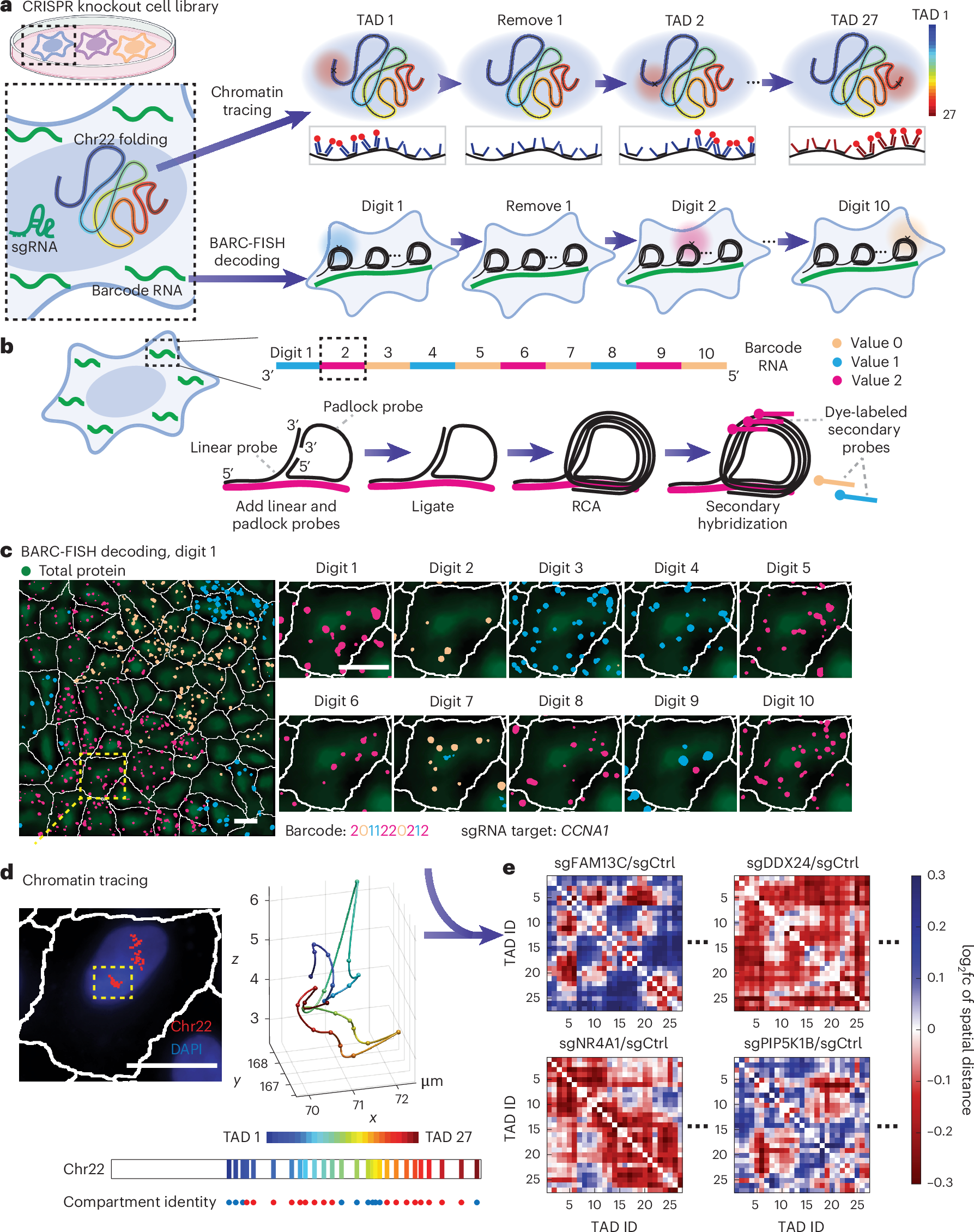2025-04-21 カリフォルニア大学リバーサイド校 (UCR)
<関連情報>
- https://news.ucr.edu/articles/2025/04/21/scientists-finally-confirm-vitamin-b1-hypothesis-1958
- https://www.science.org/doi/10.1126/sciadv.adr9681
ブレスローの仮説を確認: 液体水中で安定なカルベン Confirmation of Breslow’s hypothesis: A carbene stable in liquid water
Varun Tej Raviprolu, Aaron Gregory, Isaac Banda, Scott G. McArthur, […], and Vincent Lavallo
Science Advances Published:11 Apr 2025
DOI:https://doi.org/10.1126/sciadv.adr9681

Abstract
In 1958, Breslow proposed that the coenzyme thiamine, also known as vitamin B1, acted as a source of transient carbenes that facilitated the catalytic activity of various important enzymes. This was a controversial hypothesis, as, then and still now, carbenes are believed to be incompatible with water. Although evidence such as deuterium labeling experiments and the trapping of the so-called Breslow intermediate support Breslow’s hypothesis, no spectroscopic evidence has ever been presented to prove that carbenes can exist or be generated in water. In this study, we disclose the synthesis and complete spectroscopic characterization by nuclear magnetic resonance and a single-crystal structure of a carbene that can be generated in water and isolated as a stable species, thus unambiguously validating Breslow’s visionary hypothesis.


